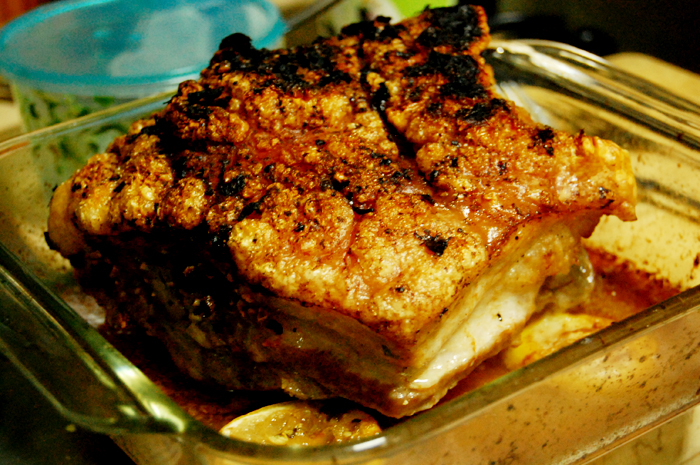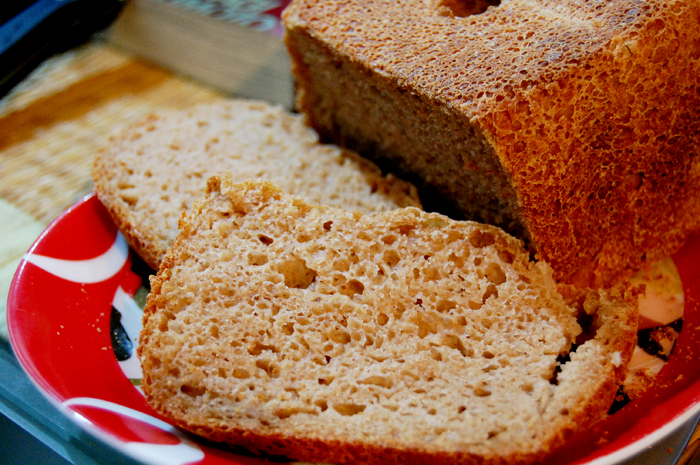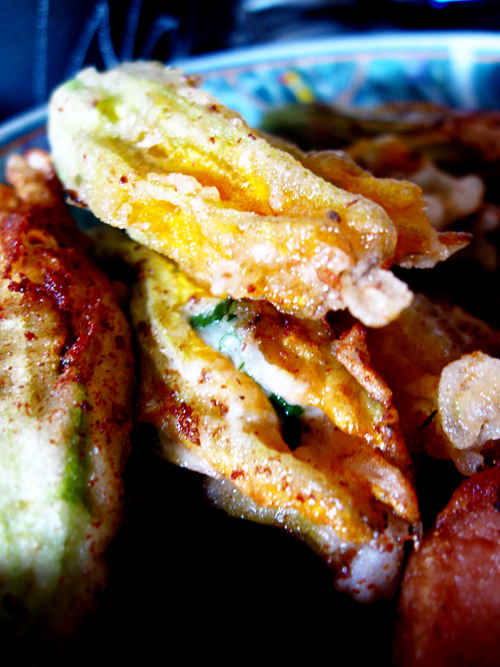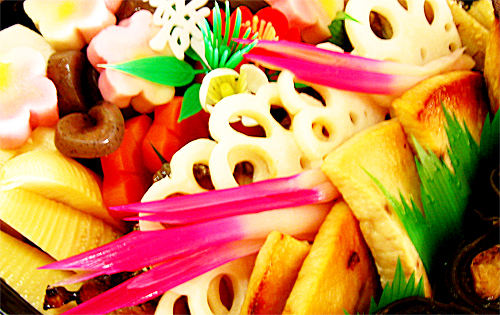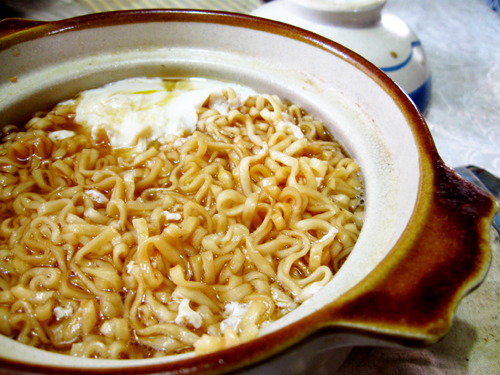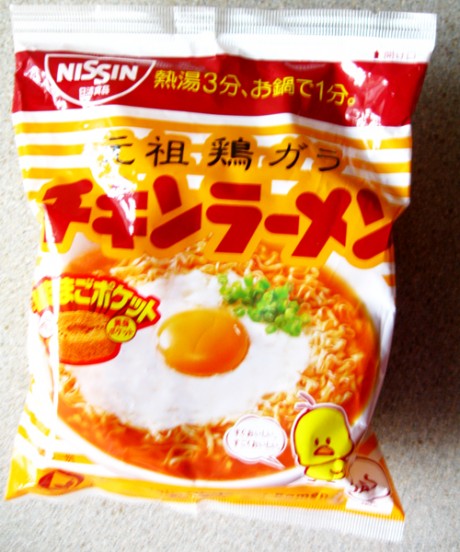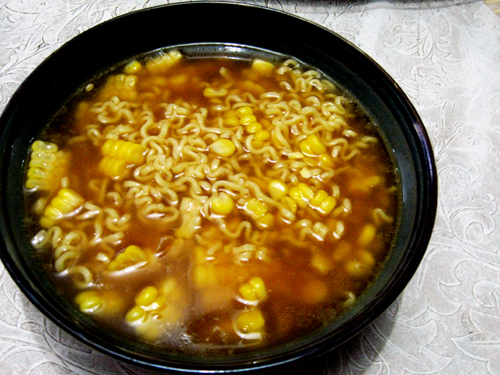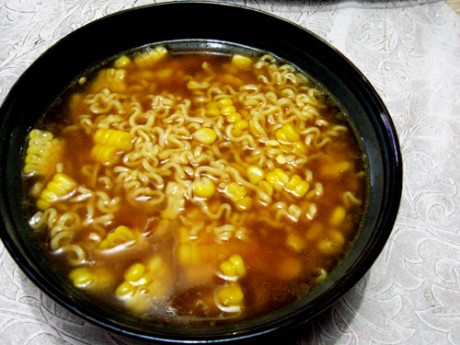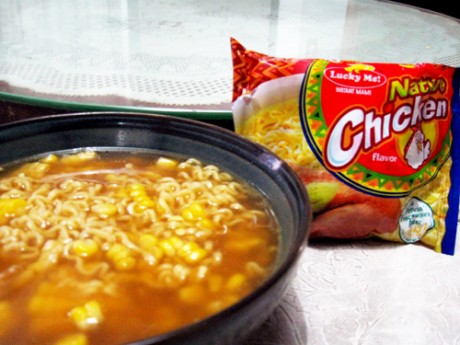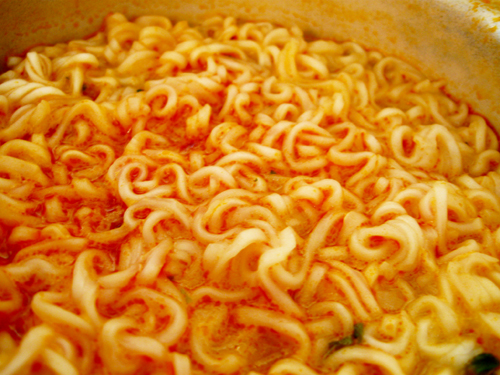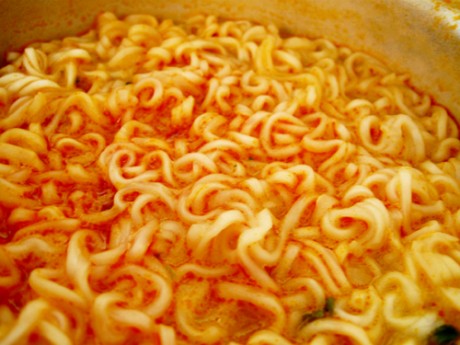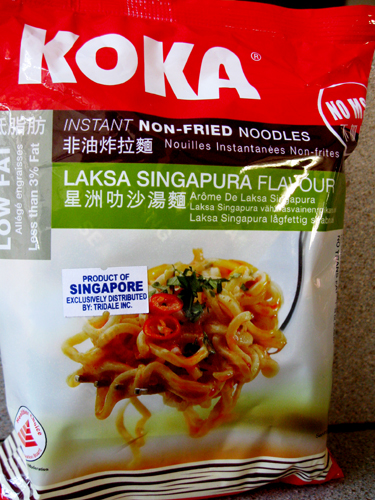I spend for pork roast. I love it and on difficult days, or at least once a month, I’d like to have a good pork roast.
Recently, I live in a place that hardly has a good raost around, not even Baliwag! Hence, this weekend I thought of giving myself a good roast for the weekend.
I’ve never made roast before and when I did, it often tasted bland. Maybe if I got myself into some online college classes to better my cooking skills, I might be able to make it taste better. But even Jamie Oliver’s videos were hardly helpful. Sorry Jamie O, your recipes look hopeful but it doesn’t seem to work with Philippine pork (or maybe I’m really just not doing things right).
But I saw this technique of Market Manila where he brined the pork first for flavor and slit it in the middle to put some stuffing in. Hence, with great courage, I went to my butcher and got me a good slab. Since I didn’t have a rotisserie, I figured that it’ll be all right if I just cook it in my oven.
Here’s where Jamie Oliver comes in. He does this roasting technique where he puts either onions or lemons under his meat to keep it from sticking and to making it really flavorful. I thought I’d do just that and as soon as I stuck it in the oven, I waited for magic to happen.
The result was… all right. I think I got too confident with the salt. It was a little salty at first but it got better much later. It was definitely flavorful and juicy. The skin still… needed some work. I couldn’t get the temperature right in my oven hence rather than being a smooth crackle… I got this oven popped skin. It was a little like chicharon but some parts were not worth eating.
The filling inside was simple yet glorious. It’s just a mix of kinchay (parsley), leeks, lemon, and garlic. It was a good flavor but I was aiming for a chimichurri-esque flavor. Next time, there will be peppercorns and chili. Also, next time, I will buy a smaller portion of pork. -A-) I cooked too big a slab that it was… yeah… too much. Overporked much.
